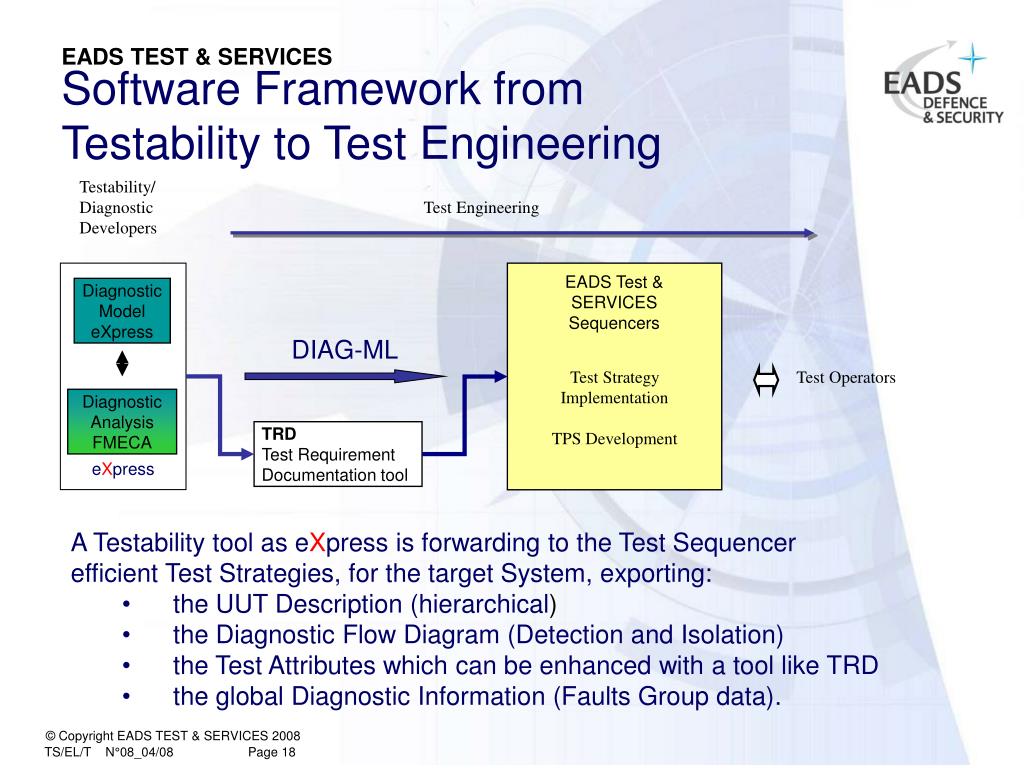In the fast-paced world of software development, testability is a crucial factor in ensuring that applications meet high quality standards and offer reliable performance. Testability identifies how very easily and effectively the software application may be tested to distinguish defects and verify that it fulfills its requirements. Simply by understanding and employing key principles and best practices in computer software testability, development groups can enhance their ability to provide high-quality software items.
What is Computer software Testability?
Software testability may be the degree in order to which a software program can be successfully tested. It includes various aspects, such as ease of creating test cases, typically the ability to perform those tests, and the clarity of the results. High testability implies that software can be tested carefully with minimal work, leading to more reliable and maintainable software.
Key Principles of Software Testability
1. Modularity
Principle: Modularity refers to the design principle of dividing a software program system into distinctive, self-contained components or perhaps modules.
Importance: Very modular systems are usually easier to try since each module may be tested separately. This isolation enables more precise testing and makes that better to identify typically the root source of flaws.
Best Practices:
Pattern which has Interfaces: Define obvious and well-documented terme between modules in order to simplify testing.
Unfastened Coupling: Minimize dependencies between modules to minimize the impact regarding changes and create testing easier.
Encapsulation: Hide the internal setup details of quests to allow intended for easier testing regarding their external habits.
2. Test Insurance coverage
Principle: Test coverage measures the degree to which the particular software code will be executed during testing.
Importance: High test out coverage makes certain that most parts of the particular code are analyzed, reducing the chance of undetected problems. It also allows in identifying untested code paths and even potential vulnerabilities.
Greatest Practices:
Code Coverage Tools: Utilize program code coverage tools to measure the degree of testing plus identify areas that will require additional assessments.
Unit Testing: Carry out thorough unit tests in order to cover individual parts and functions.
Integration Testing: Ensure that will integration tests cover up interactions between themes and external methods.
3. Test Automation
Principle: Test automation involves using tools and scripts to be able to execute tests quickly, instead of manually.
Significance: Automated tests can easily be run usually and consistently, improving efficiency and enabling continuous integration and even deployment. Furthermore they lessen the risk of human error within the testing procedure.
Best Practices:
Choose the Right Tools: Select check automation tools that align with your technology stack and even project requirements.
Maintainability: Write automated tests in a manner that makes them easy to maintain and update as the software evolves.
Test Data Supervision: Use realistic and diverse test files to ensure extensive testing and identify edge cases.
four. Testability by Design and style
Principle: Testability by simply design involves incorporating testability considerations to the software design and architecture from the particular outset.
Importance: Building for testability guarantees that the computer software is easier to analyze and enables more effective testing through the development lifecycle.
Guidelines:
Design for Observability: Include logging, monitoring, and diagnostic functions to facilitate typically the observation of the software’s behavior in the course of testing.
The design of Injection: Implement dependency treatment to allow intended for easier replacement regarding components with check doubles or mocks.
Test-Driven Development (TDD): Apply TDD rules to write tests before implementing signal, ensuring that the particular software is made with testability in your mind.
a few. Documentation
Principle: Correct documentation provides crystal clear instructions and information regarding how to test the application, including check plans, test circumstances, and expected effects.
Importance: Well-documented test procedures and specifications help ensure that will tests are accomplished correctly which all aspects of the software program are covered.
Guidelines:
Test Plans: Produce comprehensive test strategies that outline the scope, objectives, plus methodology of assessment.
Test Case Documents: Create detailed analyze cases that stipulate the conditions, advices, and expected outcomes for each test.
Normal Updates: Keep paperwork current with modifications in the software program to maintain precision and relevance.
Greatest Practices for Enhancing Software Testability
one. Early Tests
Begin testing early in the development method to identify defects and issues since soon as achievable. Early testing will help in detecting issues at a phase where they are easier and less costly to correct.
2. Continuous Incorporation
Implement continuous the usage practices to immediately build and test the software whenever changes are manufactured. This approach helps to ensure that defects are found early and allows maintain a secure codebase.
3. Check Environment Managing
Generate and maintain the test environment that strongly resembles the manufacturing environment. This practice makes certain that tests are usually conducted under problems that accurately indicate the real-world work with of the software program.
4. Code Reviews
Conduct regular computer code reviews to identify potential testability concerns and ensure that the particular code adheres to best practices. Signal reviews can in addition assist in spotting possible defects and improving overall code quality.
5. Web Site
Establish feedback loops between developers and testers to tackle testability concerns in addition to improve the testing process. Regular connection helps in identifying and resolving concerns more proficiently.
6. Education and Skill Development
Purchase training plus skill development for your team to stay updated using the latest testing tools, techniques, and guidelines. A well-trained team is better outfitted to manage testability issues and deliver premium quality software.
Conclusion
Understanding and implementing key principles and best practices for computer software testability is important for delivering high-quality computer software products. By focusing on modularity, test coverage, test software, testability by design, and proper paperwork, development teams can enhance their potential to test software effectively and identify defects early throughout the development lifecycle. Embracing these principles not only improves the product quality and dependability of software but also contributes to more efficient development processes and better overall project results